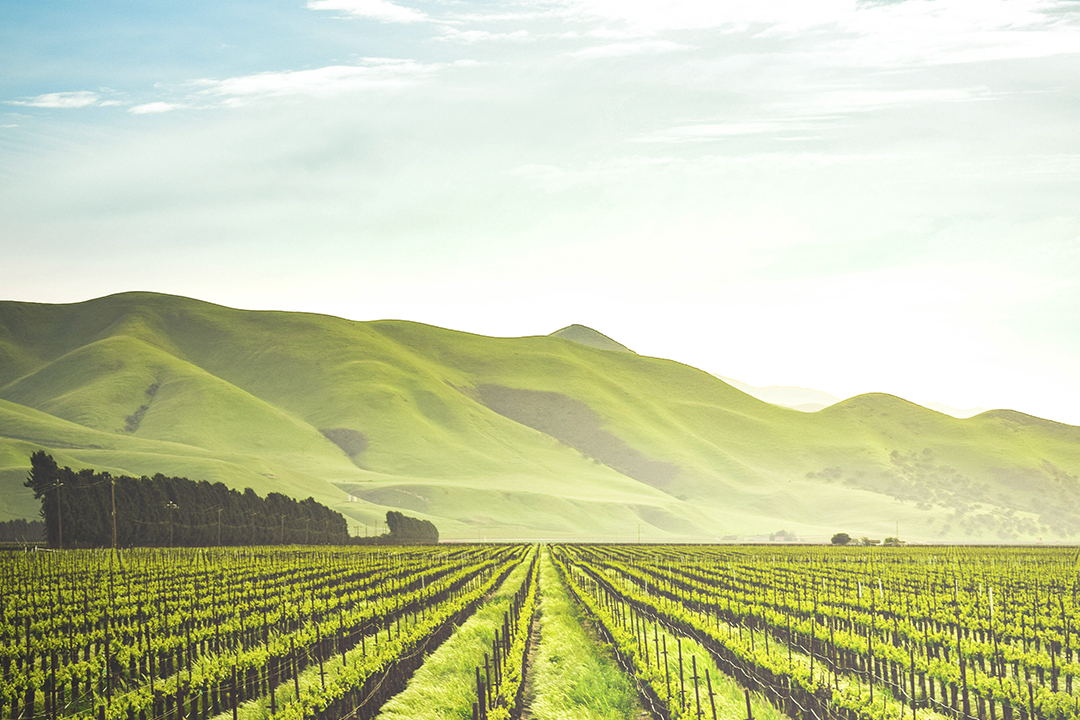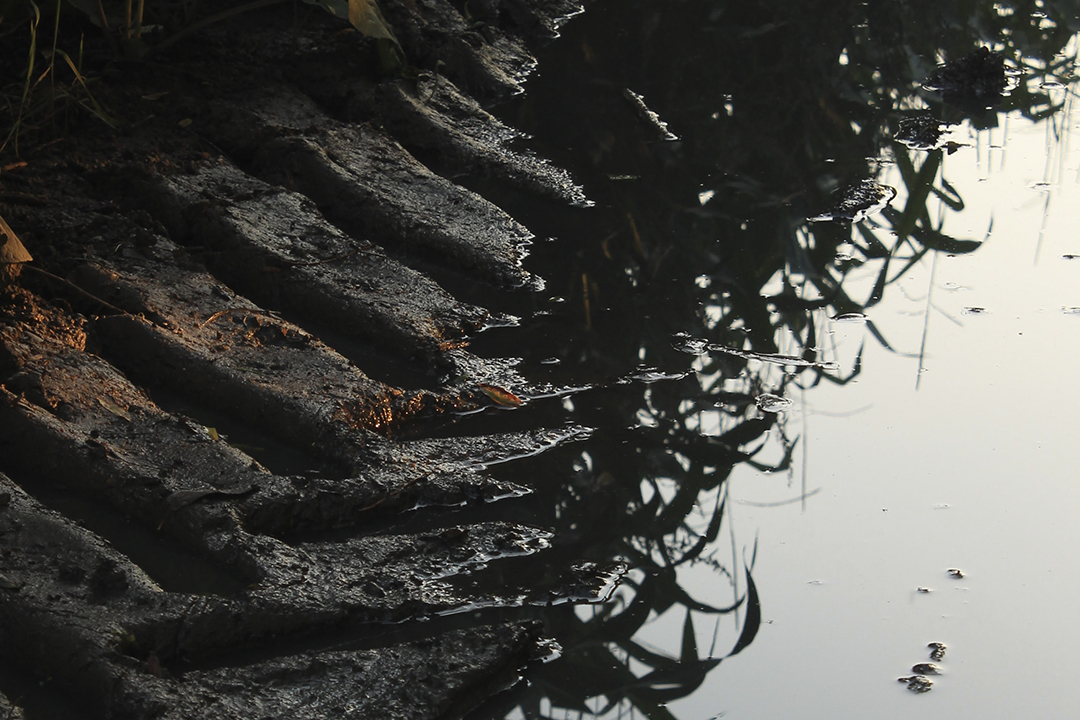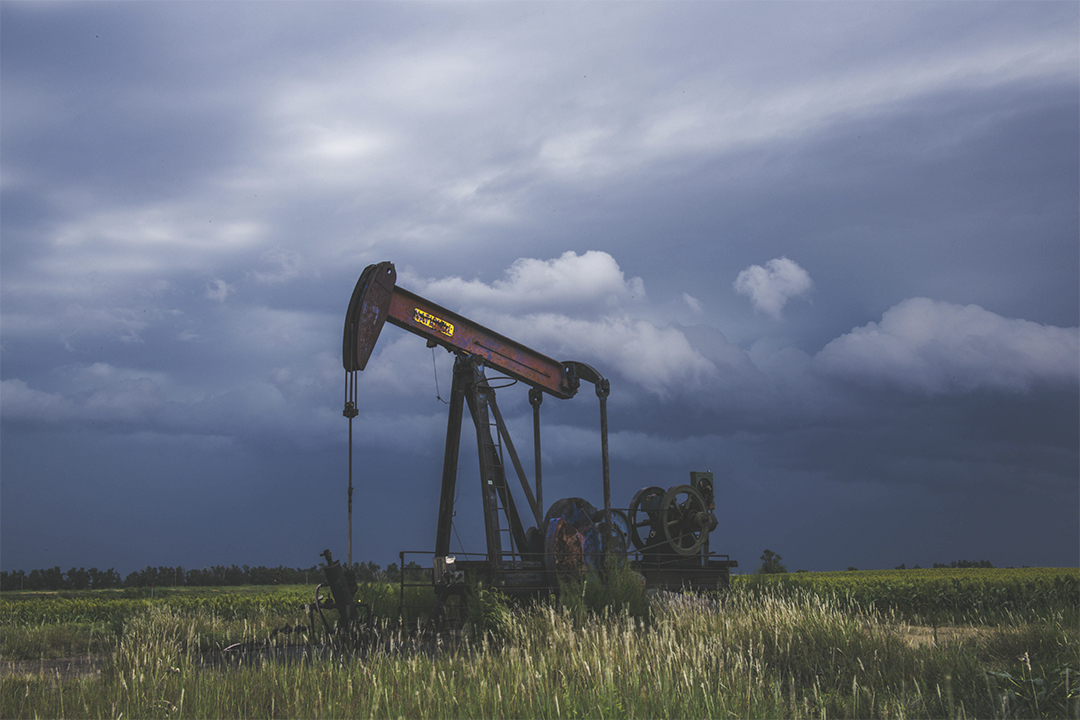We’re all stewards of something. Whether it’s our job, our home, our mode of transportation, or our finances, all of us can point to parts of life that were delegated or entrusted to us by someone “higher up the chain.” That’s the basic meaning of stewardship: taking care of something that may or may not belong to you. In a technical sense, stewardship is “the careful and responsible management of something entrusted to one’s care” (Merriam-Webster). In the area of climate wellness, you might think of stewardship as taking care of the earth and its natural resources, particularly the land. And you might be tempted to assume that this role has been exclusively entrusted to a few key players: farmers, ranchers, energy companies, agribusiness conglomerates, governments, and the like. But the reality is we all have a role to play when it comes to “carefully and responsibly managing” the land. To begin with, land stewardship affects all of us, and so it should matter to—and be a priority for—all of us. You don’t have to be a wheat farmer or a cattle rancher to feel the effects of land stewardship, whether positive or negative. Consider modern debates about pollution and climate change. Wherever you stand on how to address and curb those issues, many professionals in relevant industries agree that improving soil health (no doubt a component of land stewardship) reduces the total volume of carbon in the atmosphere by “sinking” carbon in the ground, also called “carbon sequestration.” Simply put, if there’s more carbon in the soil, there’s less carbon in the air. And if that’s true, then we should all be looking for ways to partner with landowners, non-profits, and governments to promote this process. Even if we won’t directly experience the benefits of proper land stewardship ourselves, this movement is critical for future generations—our children, and their children, and so on. There’s a spiritual impetus as well. For those who ascribe to a Judeo-Christian worldview, the scriptures are pointedly instructive on matters of stewardship, and specifically land stewardship. In the first creation account, for example, God places humans on the earth to partner with Him in managing and stewarding the land and the wildlife—in a phrase, to “be fruitful and multiply” on the earth (see Gen. 1:26-30). Likewise, in the second account, God plants a garden in the desert and commissions humans to “till it and keep it” (see Gen. 2:4-15). The wisdom of the Torah suggests, moreover, that part of land stewardship is ensuring plenty for others, since God repeatedly instructed the Israelites to leave the “edges” of their fields for other people, namely the poor, the foreigner, the widow, and the orphan (see, e.g., Lev. 19:9-10, 23:22; Deut. 24:19-22). So, even though we can’t expect to get it right every time, land stewardship is a crucial function for everyone who bears the divine image (all of us). The teachings of Jesus similarly evidence that responsible and productive stewardship is part of our common calling as people of faith. Take the parable of the talents, for instance. A master leaves investments with three servants. The two servants who work to double the master’s investment are commended and deemed “good and trustworthy,” while the servant who fearfully buries the master’s investment is dubbed “wicked and lazy” (see Matt. 24:14-30). The lesson here, of course, is that we will (both literally and figuratively) reap what we sow (see Gal. 6:7-10). As “People of the Book,” then, we must be active and diligent in the land stewardship arena. Even so, that nagging temptation to doubt lingers. After all, isn’t land stewardship work reserved for folks who actually own land, or for the governments who regulate it? Maybe not. Sure, we could all go on griping that “they” aren’t doing enough to take care of the environment. We could all moan and groan that environmental investment dollars are just earmarked for protests and lobbying. And we could all resign ourselves to sorting the trash, eating vegan, and crossing our fingers that those approaches will be enough. Or instead, we could actually be the change. Enter a nonprofit called Synergy for Ecological Solutions. Synergy has developed a charitable giving platform—known as the YOU360 program—that will connect your dollars to flesh-and-blood owners of open land who are involved with the “on the ground” work of land stewardship. And with the help and expertise of the Carbon Asset Network—a for-profit outfit that distributes Synergy’s funds to qualifying landowners of all stripes—your donations will go toward increasing the availability of emerging practices and equipment that bolster soil health and therefore boost overall climate wellness. In short, you can sponsor the change we all want to see. Or as Synergy puts it: you, the Change Agent, are “the solution to climate wellness through soil health." Let’s not overlook this chance to get some skin in the game. By partnering with Synergy, we can take an intentional step toward land stewardship, live into our divine role of caring for God’s good earth, and preserve nature’s resources for those who come after us.
We have been hearing for decades that we must address climate change. However, the only solutions that have been offered by the environmental community are to reduce use of plastic, separate trash, eat vegan, buy local, and protest the oil and gas industry. The majority of environmental nonprofits are focused on the latter. Earth Day was started in 1972 and yet here we are still talking about our poor air quality. The issue is that the above solutions don’t take advantage of the way nature intended to clean our air – the process of photosynthesis. As we know, in healthy soil, vegetation grows. This vegetation acts like an air purifier and pulls carbon from the air, sequestering it in the roots and soil. In exchange, oxygen is released from the vegetation into our air. It pulls out the carbon that we don’t want to breathe and releases the oxygen that we require. It’s a process that is going on all around us and is key to soil science. Do you remember, though, what we said we needed for vegetation growth? Healthy soil. If we want to purify our air, the best way is nature’s way. We need to increase our soil health. This is the solution that can scale to tackle such a large issue. Many ranchers and farmers in the West have embraced better techniques and typically desire to do even more to make their soils healthy. There will be no better steward for the land than the agriculturist. It truly is their lifeline and every day they choose the long-term win of good soil health. However, it comes with a price through materials, equipment, and labor for practices. Farming and ranching can be a thin margin operation and there comes a point where a steward of the land is not economically able to keep doing more regenerative projects. However, there is another group that is also interested in seeing our air quality improve. The people who are reducing their plastic, separating trash, and maybe even eating vegan. They are frustrated that the issue is large, and the only solutions offered won’t scale to address a large issue. They can donate to improve soil health, thereby improving our air quality, mitigating the amount of carbon in the air. We are challenging all of us to re-think environmental concerns. Nature has the solution; we need only to cooperate. We would love to hear your comments and encourage you to check out our website to learn more about soil health being the lynchpin to better air quality at SynergyForEcologicalSolutions.org. There’s a new, better way forward for both our land and air!
The promise of making it rain has a long history of fool’s errands. From superstitious rituals to biplanes salting the clouds, we just don’t have a good solution to make water fall from the sky. However, we now can make water fall from irrigation systems from a brand new source: industrial by-product water. You see, across the US, we have 882 billion gallons of this by-product water from the energy industry every year. But we don’t put it to beneficial use on our land. Instead, we throw it away and dispose of this water down an injection well or let it evaporate in man-made ponds. There was a time when that was the best solution. However, that was then. Instead, these 882 billion gallons could be put to beneficial use and irrigate our drought-ridden lands. This new source of water could put 6 inches of water over as much as 3.8 million acres annually! That’s a beautiful number for a farmer or rancher or anyone managing open land. We have accomplished this land-application of cleaned by-product water safely under permit regulations with economic viability; but there’s more to be done. We must change our mindset about just how this industrial water is handled. We are in a serious drought right now and we all know that this is not a one-time event. Today, land-application of by-product water would mitigate the effects of our drought, cause vegetation to thrive, and create the often-discussed carbon sinks, which removes carbon from our air. All of this is done without taking a drop from the aquifer. So, not only would we have more water on our lands, but we also have greater volumes in our aquifers. Agriculture is now the best partner for the energy industry’s midstream services. Now that we can do thing differently, we must change our mindset concerning it. Always happy to talk about this, Marvin.Nash@EncoreGreenEnvironmental.com. Let’s make it rain in the arid West. *Source for produced water stat: http://aqwatec.mines.edu/produced_water/intro/pw/
Our system of how we handle our energy industry by-product water is desperately broken. Here’s the situation. Case study: In 2020 Wyoming produced 89 million barrels of oil. Wyoming also produced 1.3 billion barrels of water. As each barrel consists of 42 gallons, that works out to 58 billion gallons or 177,995 acre feet of water. For perspective, a swimming pool that is 267 feet long, 50 feet wide and 10 feet deep holds 1 million gallons. Other western, oil producing states have the same issue Most, not all, but most of this water was disposed of, either being pumped into a deep formation down hole (disposal well) or put in evaporation ponds. As we continuesto be in a drought and the public is asking for more environmentally friendly ways for industry to operate, there must be a new approach to how we identify this produced water. This water can be used beneficially to help agriculture where the wells are being produced. The water can be used for irrigating range land, hay fields, and/or used for stock water creating better grazing opportunities. The Biden administration has created an interesting dynamic in the oil and gas sector. By eliminating federal leasing, the administration has inadvertently flung private minerals into the spotlight. Private and state mineral development is nothing new, of course, but now the pressure is again on the private and state minerals to be developed. The mineral estate is divided into three sectors; private minerals are owned by citizens; state minerals have been transferred to the individual state, either from federal or private minerals, for management by the state; and federal minerals which are owned and managed by the federal government. These different mineral estates are often owned by different entities than the surface of the land. This phenomenon is known as split estate. A split estate occurs when, for instance, a private surface owner has federally owned minerals under the land. The minerals are leased and developed without the surface owner getting a royalty for any mineral production. The surface owner is allowed a financial benefit for loss of use of the land that is required for the mineral production. This situation has occurred many times in western states, such as Wyoming where 66% of the minerals are managed by the federal government. In the early 2000’s Wyoming passed a law requiring a process to be used to ensure everyone involved in split estate situations were treated fairly. Both sides, industry and landowners, had felt that they were being taken advantage of by the other in split estate situations, thus the state believed a pathway for fairness was necessary. Wyoming was the first state in the union to pass such a law, and it was quickly incorporated into regulation as well. Interestingly enough, prior to the passage of this law, industry and landowners seemed to cooperate very well together. Industry was quick to help landowners with things such as new cattle guards, fencing, and generally being a good neighbor. Landowners looked forward to industry coming to them and welcomed the relationships they would build over the course of years the production was occurring. Then, something changed. We can play the blame game all we want. It is CBM’s fault. It is industry’s fault. It is landowner’s fault. It is lawyer’s fault. Fact is, it does not matter whose fault it is. The system is currently broken and to ensure our country receives the energy and minerals it requires to properly operate we need to fix this problem. How? One way to ensure we find a solution for all involved is water. Water is life, for all of us. In 2020 Wyoming produced millions of barrels of water with the millions of barrels of oil. This water historically has been considered a waste stream. Collectively we need to change our opinions and begin to consider this water for beneficial use. Industry has a history of using fresh water from various sources including water wells used for irrigation for completing wells. This practice has proven to be ineffective, and industry is now re-cycling some of the produced water for completing wells, however, this is an exceedingly small percentage of the water being produced. Most, not all, but most of this water is being disposed of either by injection into deep disposal wells or held in evaporation ponds. By industry working with a third party who can treat the water to regulatory requirements, and letting the private landowner use the treated water for agricultural purposes the strained relationships will begin to heal. Landowners are always looking for additional sources of water, particularly now that we are fighting another drought. Industry is trying to find ways to manage this produced water that has been problematic for years. The solution is simple. We can re-purpose this water for beneficial use. We have proven technology that can treat the water. We have educated soil scientists that can ensure the soil is not damaged when land applying the treated water. We have the economics to ensure we can treat the water in a financially responsible way to ensure industry can continue to produce the well with economic water management. The time is now. We must fix our broken system.
ABOUT US
Synergy for Ecological Solutions is 501(c)3 nonprofit dedicated to creating better air quality by creating healthy soil.




